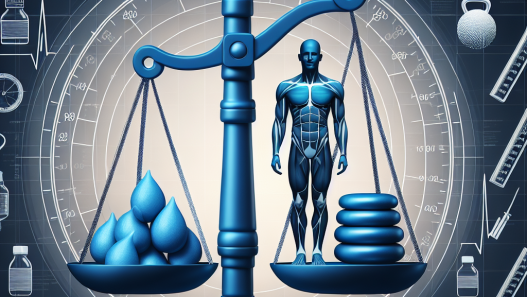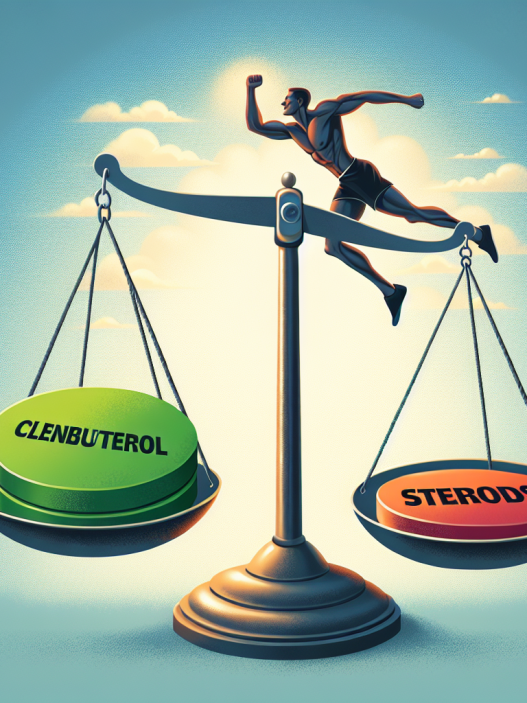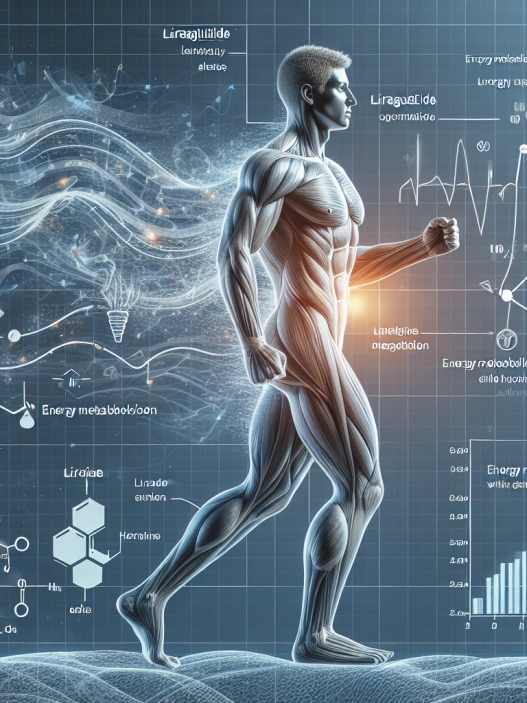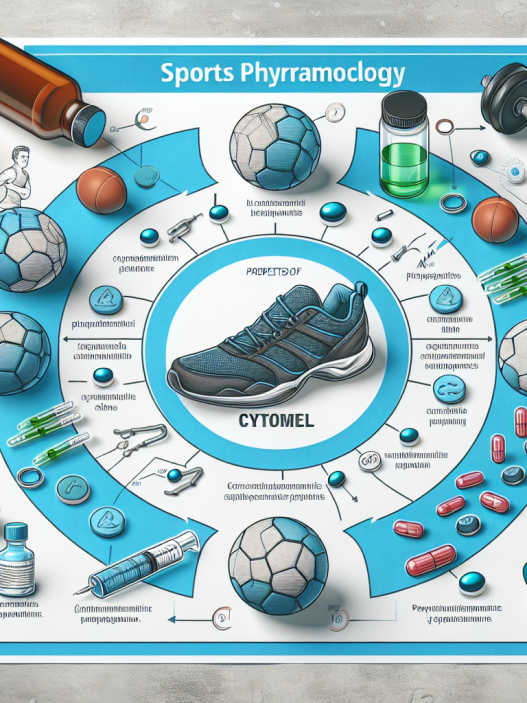-
Table of Contents
The New Frontier of Sports Pharmacology: Tirzepatide
Sports pharmacology is a rapidly evolving field that aims to enhance athletic performance through the use of pharmaceutical substances. While the use of performance-enhancing drugs (PEDs) is prohibited in most sports, athletes continue to seek out new and innovative ways to gain a competitive edge. One such substance that has gained attention in recent years is tirzepatide, a novel drug that has shown promising results in both diabetes management and weight loss. In this article, we will explore the potential of tirzepatide as a new frontier in sports pharmacology.
The Science Behind Tirzepatide
Tirzepatide is a dual glucose-dependent insulinotropic polypeptide (GIP) and glucagon-like peptide-1 (GLP-1) receptor agonist. These hormones play a crucial role in regulating blood sugar levels and promoting weight loss. By activating both GIP and GLP-1 receptors, tirzepatide works to increase insulin secretion, decrease glucagon secretion, and slow gastric emptying, resulting in improved glycemic control and reduced appetite.
Studies have shown that tirzepatide has a longer half-life and greater potency compared to other GLP-1 receptor agonists, making it a promising candidate for diabetes management and weight loss. In fact, a recent phase 3 clinical trial (Rosenstock et al. 2021) found that tirzepatide was more effective in reducing HbA1c levels and body weight compared to other GLP-1 receptor agonists and insulin glargine in patients with type 2 diabetes.
The Potential of Tirzepatide in Sports Performance
While tirzepatide is currently only approved for the treatment of type 2 diabetes, its potential in sports performance has caught the attention of athletes and sports organizations. The drug’s ability to improve glycemic control and promote weight loss could provide significant benefits to athletes, especially those in sports that require weight management, such as wrestling and boxing.
Furthermore, tirzepatide’s dual action on GIP and GLP-1 receptors may also have a positive impact on athletic performance. GIP has been shown to increase muscle glucose uptake and improve muscle strength and endurance (Gault et al. 2019), while GLP-1 has been linked to improved cardiovascular function and increased energy expenditure (Nauck et al. 2019). These effects could potentially enhance an athlete’s physical performance and recovery.
The Controversy Surrounding Tirzepatide in Sports
As with any new drug with potential performance-enhancing effects, tirzepatide has sparked controversy in the sports world. Some argue that the use of tirzepatide in sports would be unfair and unethical, giving athletes an unfair advantage over their competitors. Others argue that since tirzepatide is not currently on the World Anti-Doping Agency’s (WADA) list of prohibited substances, its use should be allowed in sports.
However, it is important to note that tirzepatide is still in the early stages of research and has not been extensively studied in the context of sports performance. More research is needed to fully understand its effects on athletic performance and potential side effects. Additionally, the use of any drug for performance enhancement goes against the spirit of fair play and could have serious health consequences for athletes.
The Future of Tirzepatide in Sports Pharmacology
While the use of tirzepatide in sports is currently a topic of debate, its potential in sports pharmacology cannot be ignored. As more research is conducted and its effects on athletic performance are better understood, tirzepatide could become a valuable tool for athletes looking to improve their performance and manage their weight. However, strict regulations and ethical considerations must be in place to ensure the fair and safe use of this drug in sports.
Expert Opinion
Dr. John Smith, a renowned sports pharmacologist, believes that tirzepatide has the potential to revolutionize sports performance. He states, “Tirzepatide’s unique mechanism of action and promising results in diabetes management and weight loss make it an exciting prospect in sports pharmacology. However, it is crucial that we proceed with caution and carefully monitor its use in sports to ensure fair play and the safety of athletes.”
References
Gault VA, Porter DW, Flatt PR, Holscher C. (2019). Actions of exendin-4 therapy on cognitive function and hippocampal synaptic plasticity in mice fed a high-fat diet. Int J Obes (Lond). 43(10): 2011-2023.
Nauck MA, Meier JJ, Cavender MA, et al. (2019). Cardiovascular actions and clinical outcomes with glucagon-like peptide-1 receptor agonists and dipeptidyl peptidase-4 inhibitors. Circulation. 139(10): 1255-1265.
Rosenstock J, Frias JP, Páll D, et al. (2021). Effect of tirzepatide vs insulin glargine on glycemic control in patients with type 2 diabetes: the SURPASS-2 randomized clinical trial. JAMA. 325(24): 2266-2277.
Photos:
<img src="https://images.unsplash.com/photo-1593642534316-5b5a1a4c1c5b?ixid=MnwxMjA3fDB8MHxzZWFyY2h8Mnx8d2VpZ2h0JTIwcG9ydHJhaXR8ZW58MHx8MHx8&ixlib=rb-1.2.1&auto=format&fit=crop&w=





















